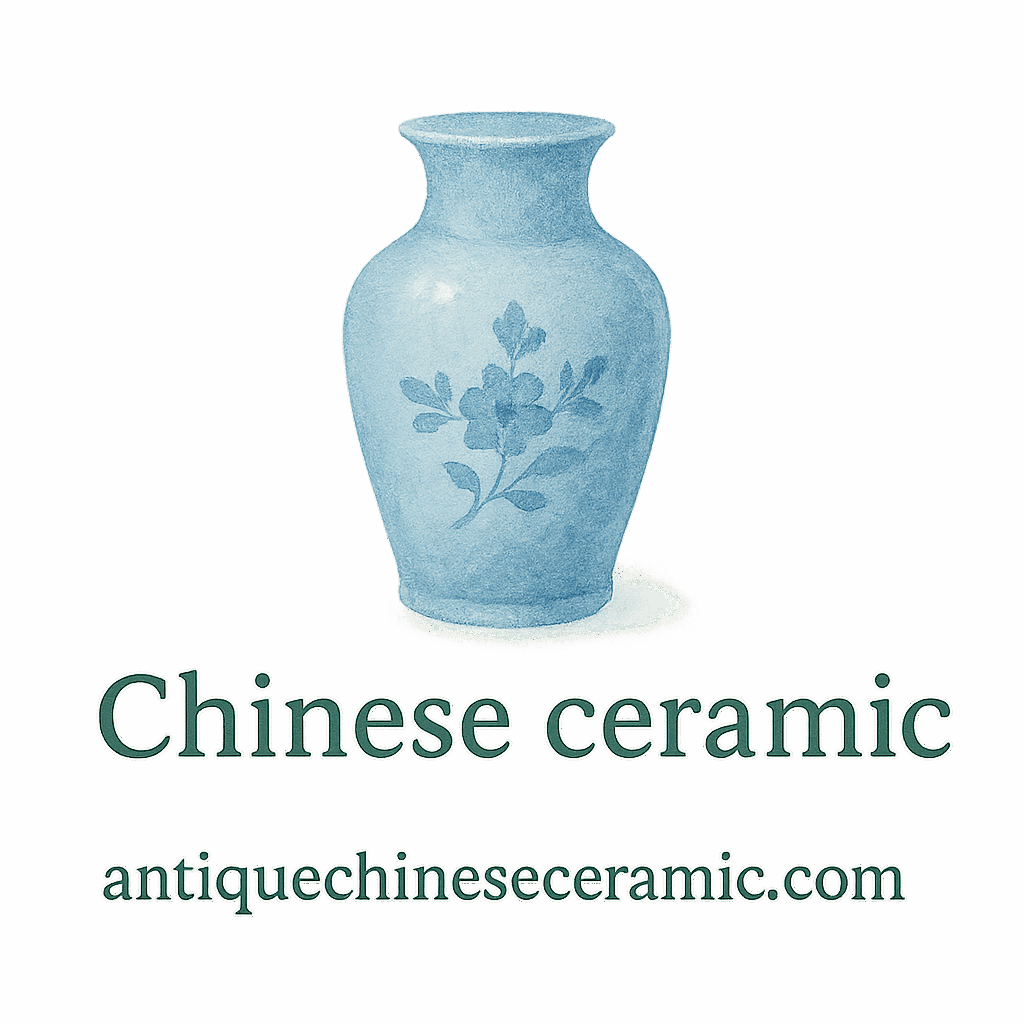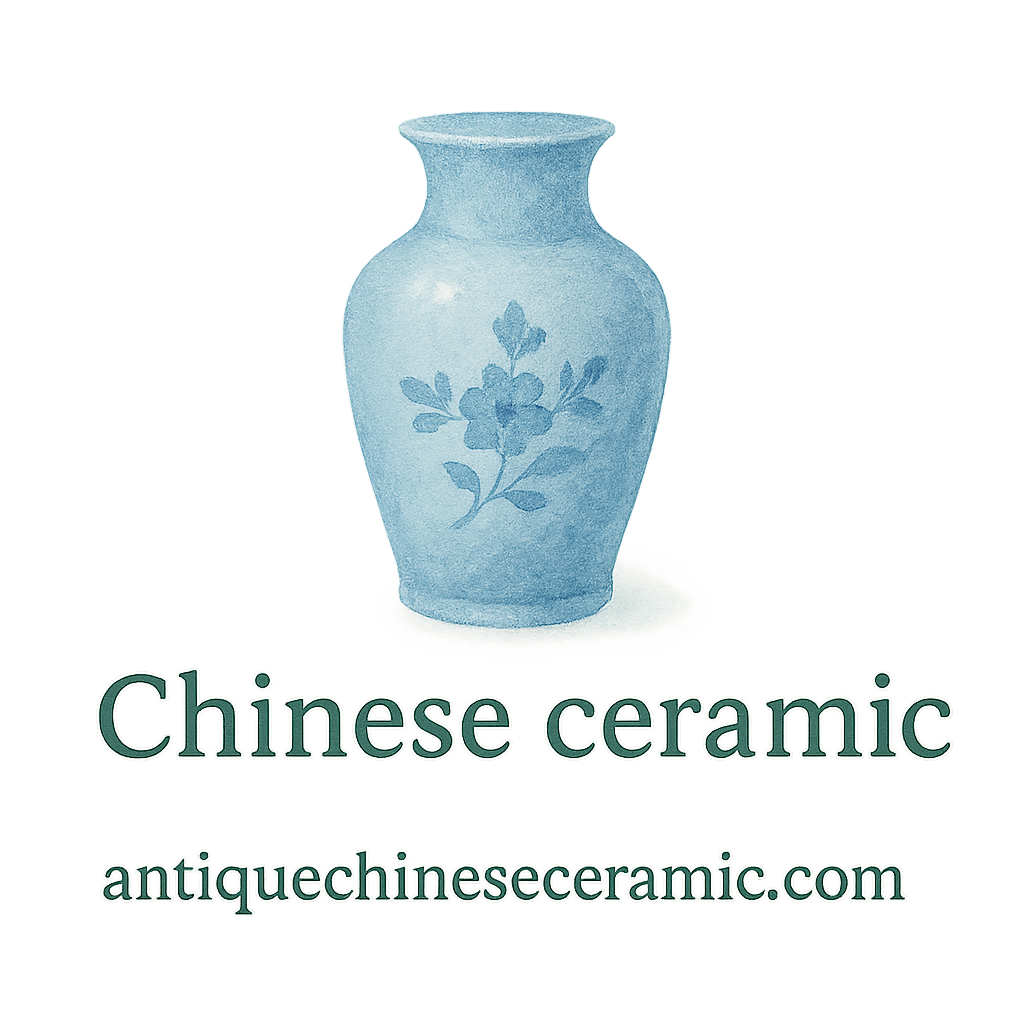Storing antique Chinese ceramics isn’t just about finding an empty shelf—it’s about protecting centuries of history. Whether you’re a passionate collector or just starting your journey into the world of antique Chinese ceramics, knowing the best storage options is key to preserving both beauty and value.
Why Proper Storage for Antique Chinese Ceramics Matters
Risks of Poor Storage
Ceramics may seem sturdy, but they’re surprisingly sensitive. Exposure to humidity, direct sunlight, and sudden temperature changes can cause cracks, fading, and glaze deterioration. On top of that, poor handling and stacking can lead to irreversible damage.
Benefits of the Right Storage Containers
Using the right storage containers is like wrapping your antiques in a security blanket. Good storage prevents chipping, limits exposure to harmful elements, and maintains the historical and financial valuation of your pieces.
What Makes a Container Suitable for Antique Ceramics
Materials to Avoid
Not all containers are equal. Avoid plastic bins that emit VOCs, cardboard that’s not acid-free, or containers with rough interiors that can scratch delicate glazes.
Features to Look For
- Acid-free interiors
- Soft, non-abrasive linings
- Climate control options
- Stackability without pressure
- Secure sealing
11 Storage Containers Perfect for Antique Chinese Ceramics
Ready to protect your treasures? Here are the best containers for every type of collector and ceramic.
1. Archival-Quality Acid-Free Boxes
Perfect for smaller items like bowls, teacups, or lidded containers. These boxes prevent acid damage and are ideal for preservation.
Where to Use Them
Great for shelf or closet storage in climate-controlled environments.
2. Custom Foam-Lined Crates
Tailored to the shape of your ceramic, these provide snug protection with zero movement during transport or long-term storage.
Best for Long-Term Storage
Ideal for museum-grade items or pieces from significant dynasties.
3. Stackable Plastic Bins with Soft Liners
If you’re short on space, these stackable bins with inner cushioning are lifesavers.
Versatility and Stackability
Use them for organizing multiple similar items—like matching jars or containers.

4. Cedar Wood Chests with Felt Interiors
These look as good as they protect, making them perfect for collectors who appreciate traditional aesthetics.
Elegance Meets Function
Cedar naturally repels pests, making it a good fit for long-term storage.
5. Heavy-Duty Glass Display Cabinets
Dual-purpose containers that allow for display and protection. Add UV-filtering glass for extra safety.
Showcase and Store
Best for showcasing pieces with exceptional detail.
6. Drawer Storage with Felt Padding
Think tool chest-style storage, but with luxurious felt lining—ideal for easy access without stacking.
Flat Storage with Protection
Perfect for fragile surface designs and limited-edition plates.
7. Double-Walled Corrugated Boxes
Economical and practical. These boxes are ideal for shipping or short-term storage with proper padding.
Ideal for Shipping and Temporary Storage
Often used during auction preparations or appraisals.
8. Vacuum-Sealed Containers for Climate Control
Great for tropical climates, these sealed boxes help reduce moisture and airborne contaminants.
Protection from Humidity
Crucial for collectors in humid areas looking to boost ceramic safety.
9. Modular Storage Units
Adjustable compartments offer flexibility for various shapes and sizes.
Organized Collections
Helpful for organizing your collection by timeline or dynasty.
10. Wooden Crates with Rubber Padding
Best for oversized or heavy pieces that need more than just a soft interior.
For Fragile, Oversized Pieces
Useful for housing pieces awaiting professional appraisal.
11. Museum-Grade Display Cases with UV Filters
These are top-tier for long-term exhibition and heritage protection.
Best for Long-Term Display and Preservation
Ideal for highlighting a masterpiece in a controlled environment.
Storing by Ceramic Type and Dynasty
Different Ceramics, Different Needs
Not all ceramics are created equal. Porcelain from the Ming Dynasty might need more care than robust earthenware from earlier periods.
Linking Storage to Historical Context
Understanding the ceramic’s origin helps determine proper storage. Visit our history section for insights on each dynasty’s methods and materials.
Do’s and Don’ts of Ceramic Storage
Handling Tips
- Always wear gloves.
- Handle from the base, not the rim.
- Use both hands, especially with larger items.
Labeling and Documentation
Keep records! Label your boxes and maintain a storage log. Use identification tags for cataloging.
Complementing Storage with Proper Care
Clean Before You Store
Store only clean pieces. Residual dirt or oils can corrode glazes over time. Visit our cleaning guide before packing.
Maintenance Between Displays
Check stored ceramics every 3–6 months for signs of mold, cracks, or surface deterioration.
Where to Learn More
Internal Resources for Collectors
- Learn more about collecting
- Discover detailed care and preservation tips
- Find current appraisals
- Explore our full ceramic tag archive
Conclusion
Protecting your antique Chinese ceramics isn’t just smart—it’s a responsibility. These pieces connect us to history, culture, and craftsmanship. With the right storage containers, you’re not just keeping them safe; you’re honoring their legacy. Whether you choose acid-free boxes or museum-grade display cases, what matters most is thoughtful preservation. So, start organizing and protect your treasures with care. Your collection—and future generations—will thank you.
FAQs
1. What is the best way to store antique Chinese ceramics long-term?
Use archival-quality, acid-free containers with soft padding and store in climate-controlled areas.
2. Can I use regular cardboard boxes to store my ceramics?
Only if they’re acid-free and lined with soft padding. Regular cardboard can damage over time.
3. Is it okay to stack antique ceramics?
Only if they’re properly padded and supported. Avoid direct contact between items.
4. How do I know if my storage method is safe for my ceramics?
Refer to our care and preservation guide or consult an expert.
5. Are display cases safe for long-term storage?
Yes—especially museum-grade ones with UV protection and climate control.
6. Should I store ceramics differently based on their age or dynasty?
Absolutely! Learn more in our history section to tailor your storage methods accordingly.
7. Where can I get a professional appraisal for my ceramics?
Check out our valuation and appraisal resources for expert help.


